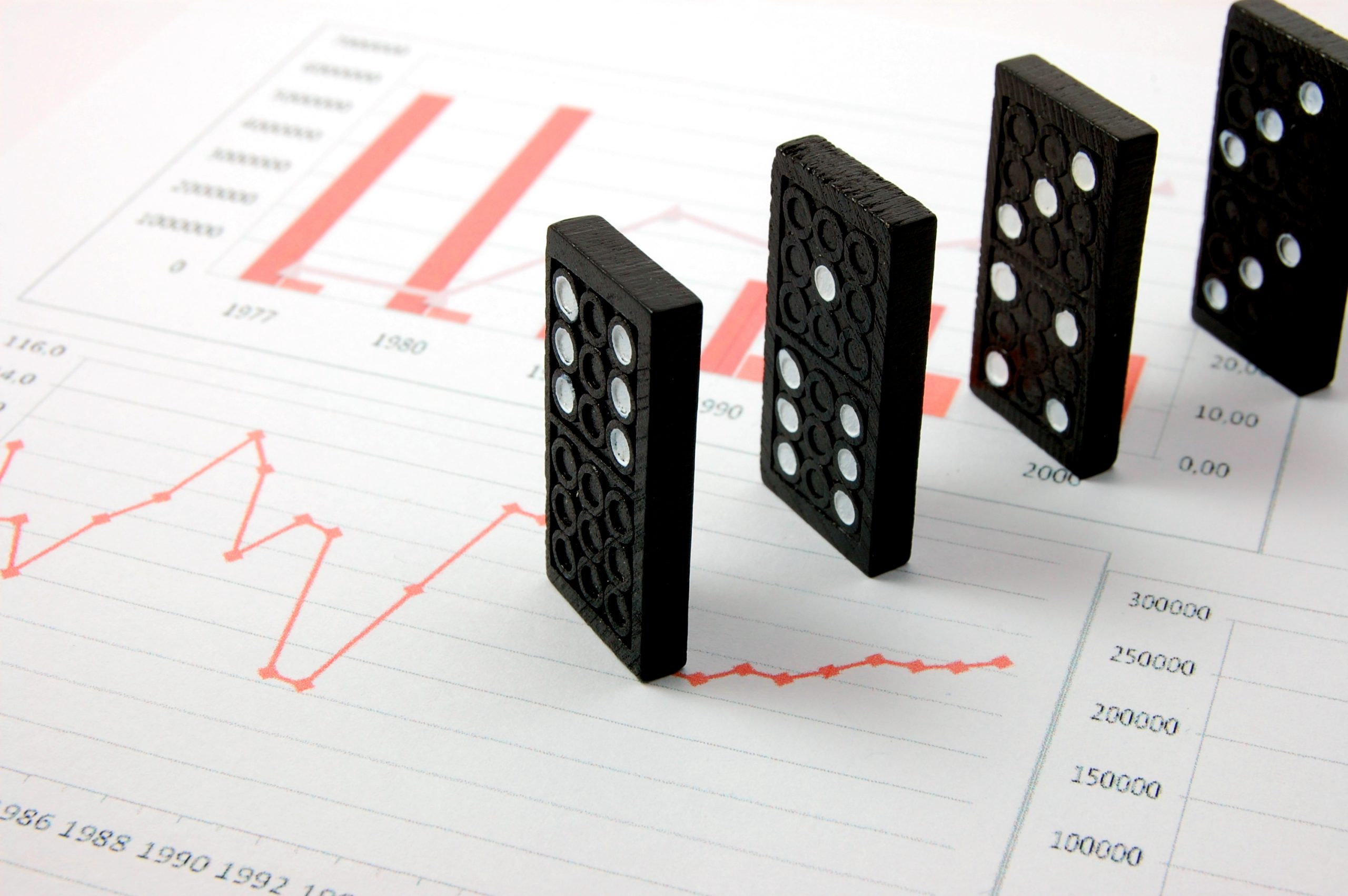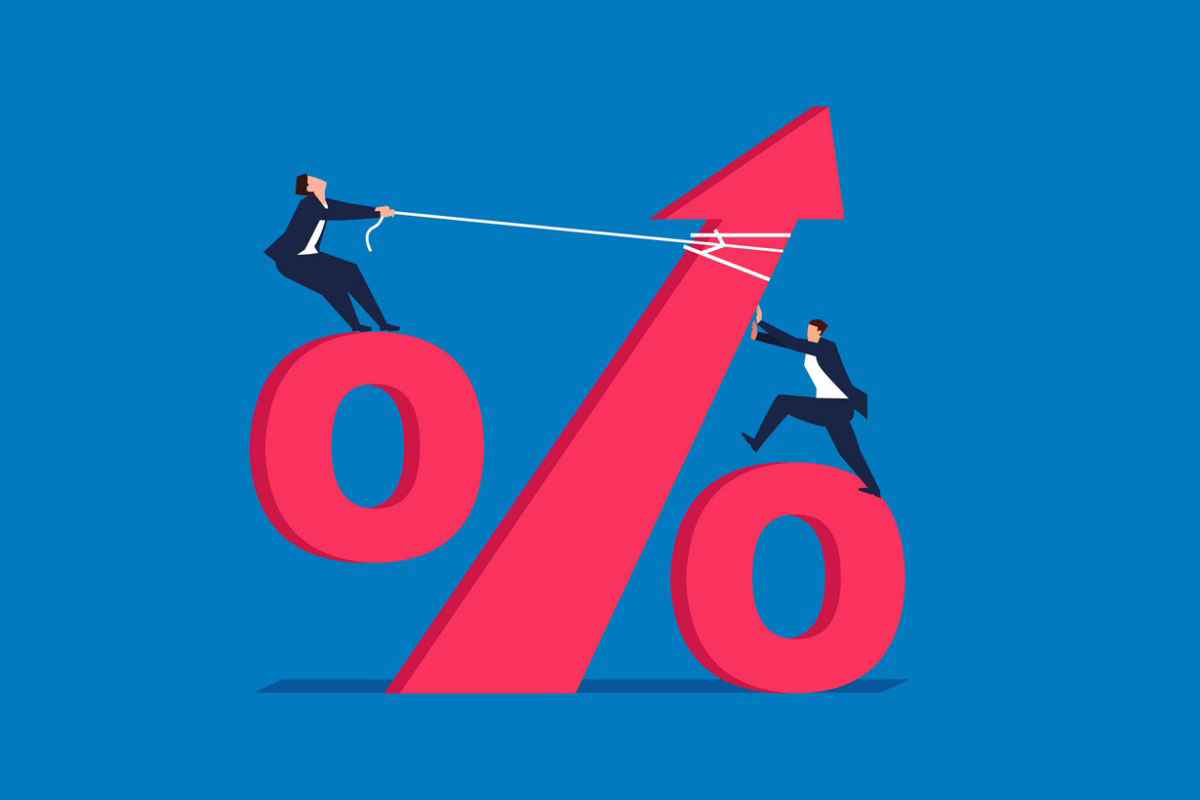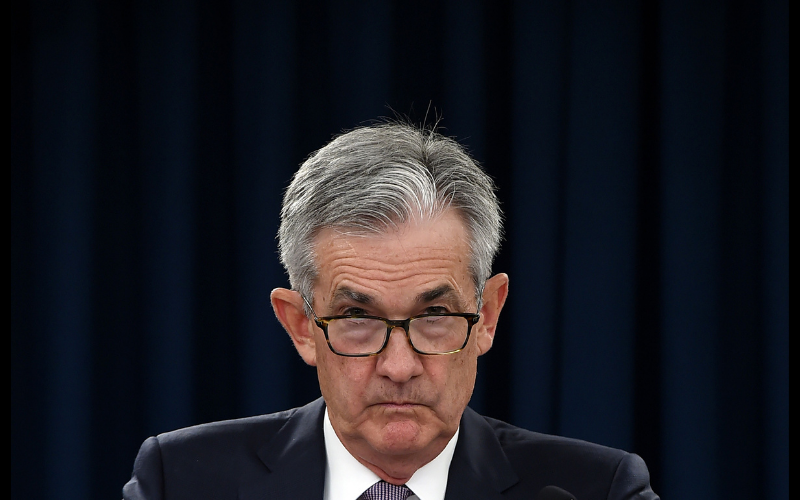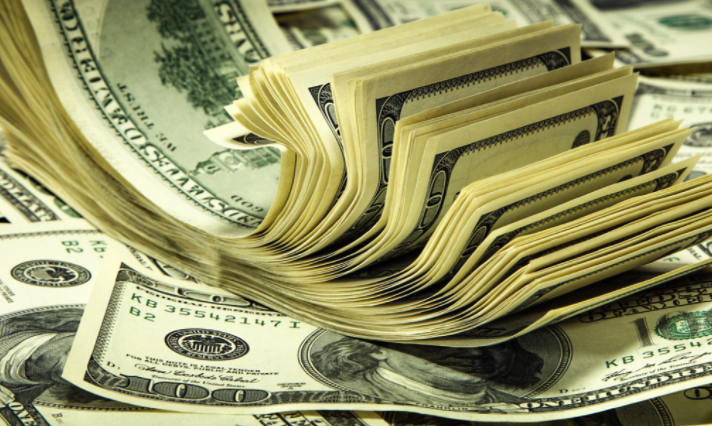
- RUNDLE (Recurring Revenue Bundle) – the New Model to Long Term Profits
- Why Robinhood Changed Retail Investing Forever
- Free Trading = Customer Engagement
- 20 Million New Accounts
- How #SCHW Can Beat Robinhood At Its Own Game
- The $5 Per Week Path to Profits
What is the most powerful word in American business today? R-U-N-D-L-E. A term coined by NYU professor Scott Galloway that stands for recurring revenue bundle. It describes the tectonic shift from transactional business model to subscription one. You may think that Amazon and Costco – two of the best retailers in America are transactional businesses but you would be wrong. They are basically subscription businesses deriving all of the true profit from Amazon Prime and Costco memberships. The massive multi-billion dollar infrastructure to sell products exists primarily so that they can collect the near cost free annual membership fees in perpetuity.
RUNDLE – the New Business Way to Long Term Profits
Netflix is a rundle business. Disney via Disney+ just became one – which is why despite the horrific hit to its amusement park business from COVID-19 the stock is trading at all time highs. Apple is shifting to this model as well as it tries to bundle health and fitness services in a hardware/software bundle that aims to jam a big stick into the spokes of Peloton’s wheels.
Investors love the rundle concept because when done well it becomes very sticky with consumers and has miniscule marginal costs while providing the steady cash flow for the business.
Why Robinhood Changed Retail Investing Forever
Which is why 2021 is probably the single best time to bring the rundle concept to the brokerage industry. In finance 2020 was undoubtedly the year of RobinHood. Aided by work from home trend and stimulus checks retail came running back into the stock market for the first time in a generation sparking flashbacks of the heady days of 1999.
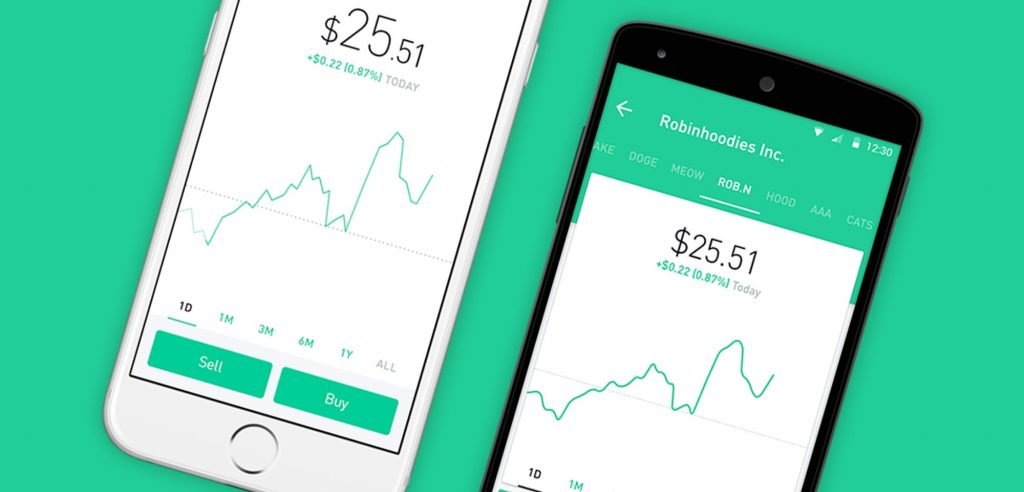
Moralize all you want about RH bros, about the clueless momentum chasing, about the comeuppance that is surely due to every wallstreetbets YOLO cowboy but the fact of the matter is that for the first time in a long time people are genuinely interested in stocks and the market and that is actually a good thing both for the long term health of the industry and the US economy as well.
Free Trading = Customer Engagement
The RH shift didn’t just happen because consumers were locked up and had cash to burn, but because RH completely upended the industry by introducing commission free trading and fractional share ownership allowing any Jane Dick and Harry to participate in the market with the ease of a Tinder swipe.
Let’s just put aside the controversy over the payment for order flow, the lack of phone numbers for customer service and recognize just how well RH has been able to use modern technology to provide a radically better investment experience. You don’t attract 20 million customers and force the whole industry to change the way it’s been doing business for decades unless you offer a service that customers truly want.
20 Million New Accounts
So while RH has revived the cult of the day trader competitors like Charles Schwab can now use the very same techniques of self service account opening and massive scale of cloud infrastructure to revolutionize the future of finance with the intro of an investing rundle.
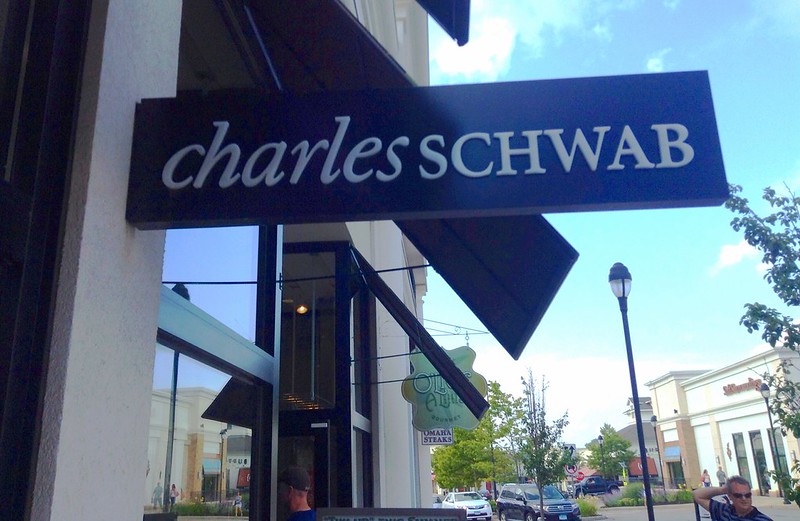
How #SCHW Can Beat Robinhood At Its Own Game
There is no reason why the biggest retail brokers in the world could not offer a simple $5 a week subscription investment plan that would allow any US consumer to automatically buy stocks or ETFs of their choice in a continuous manner (which by the way also happens to be the single best way to invest for the long run) absolutely cost free. The big brokerages can even create a host of value add services like automatic dividend reinvestment schemes, easy foreign stock ownership and a million other options all FREE, FREE, FREE.
The $5 Per Week Path to Profits
Of course nothing in life is free. Just like that $1.50 slice of pizza at Costco only exists so that they can have you as a member for life, the brokers will get their cut somewhere. But in the end they will be able to onboard millions of new users who for the very first time in their life can be exposed to the possibility of compound returns and the potential for wealth building. Five bucks a week can quickly turn to twenty and then maybe fifty and very soon both Charles Schwab and Mr. and Ms. Investor will be very happy with the results.
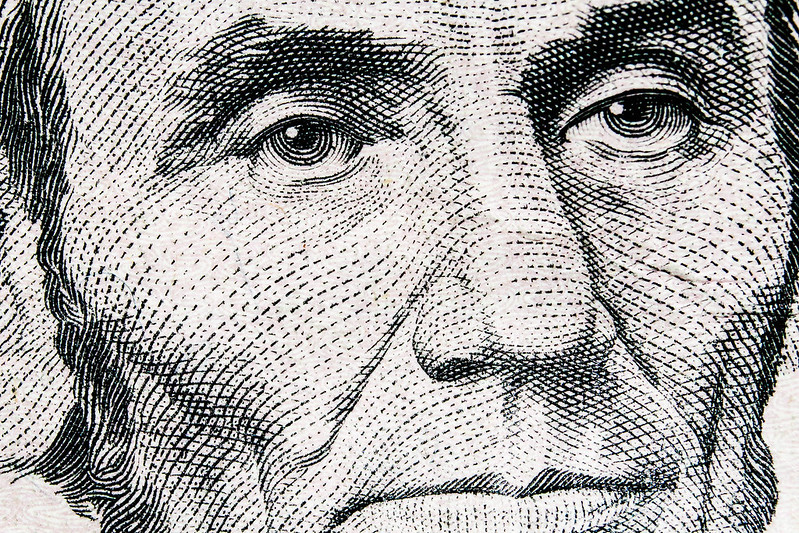
The technology exists today to make investing accessible to everyone in America, not just the top ten percent – will the big brokers take advantage of the most obvious business opportunity that lies ahead?


